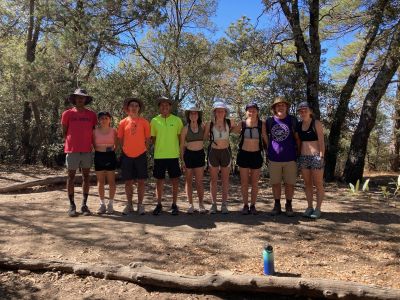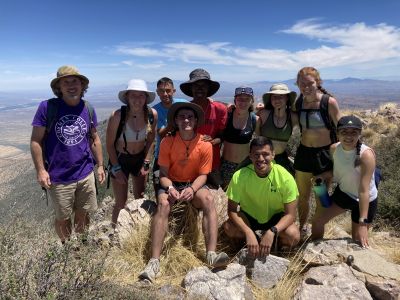Naomi Ross Richer reflects on the long hike we did on a mountain south of Tucson:
“If there is one thing this trip has taught me so far, it would be to explore: to explore nature and to explore the system we are all caught up in.
A specific instance where exploration happened was several days into the class. At 6am we loaded up into our twelve-passenger van in Tucson and drove off towards a trailhead in the Coronado National Forest. We took water, sunscreen and optimism. The air was dry, the sun was strong and the trail was new.
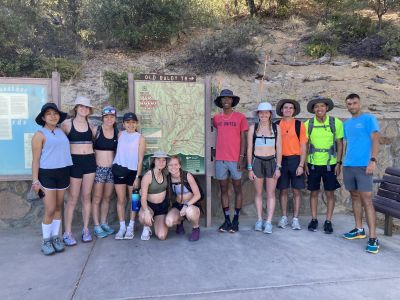
The sign at the trailhead read: Mt. Wrightson, 9,456 feet. As a track and cross-country athlete, breathing hard felt comfortable as we gained elevation, but there was something else that was on my mind that bothered me. Why was this mountain originally on Apache land named after a white person?
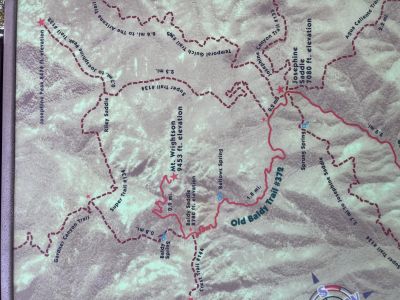
At the summit of Mt. Wrightson there was a plaque explaining who William Wrightson was. William was a miner and entrepreneur in the region. “He was influential in getting the Territorial organization of 1863 passed through Congress and approved by the President.” William was attacked and killed by the Apache a few years later while surveying the land. In commemoration of William’s death, settlers named the mountain after him. And now we all use that name to refer to this peak.
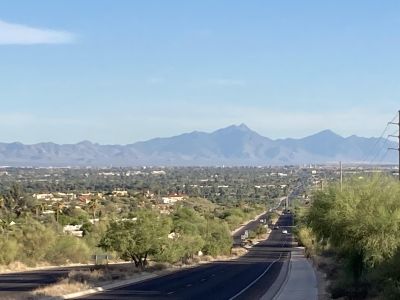
A major thing missing from this story is that this land is Apache homeland. William and other settlers were not the first people to know and love this land. I wonder what this peak we climbed was called before William intruded and died here? I wonder what the Apache call it?
Exploring this story reveals that our system favors white people. And this in turn affects how we view nature. If features around us are labeled with white names, it is engrained in us to think white people own them. An awareness and example of this flaw to our system – and 11 miles of walking – was exhausting, but both these things are more important than I think we can comprehend.”
